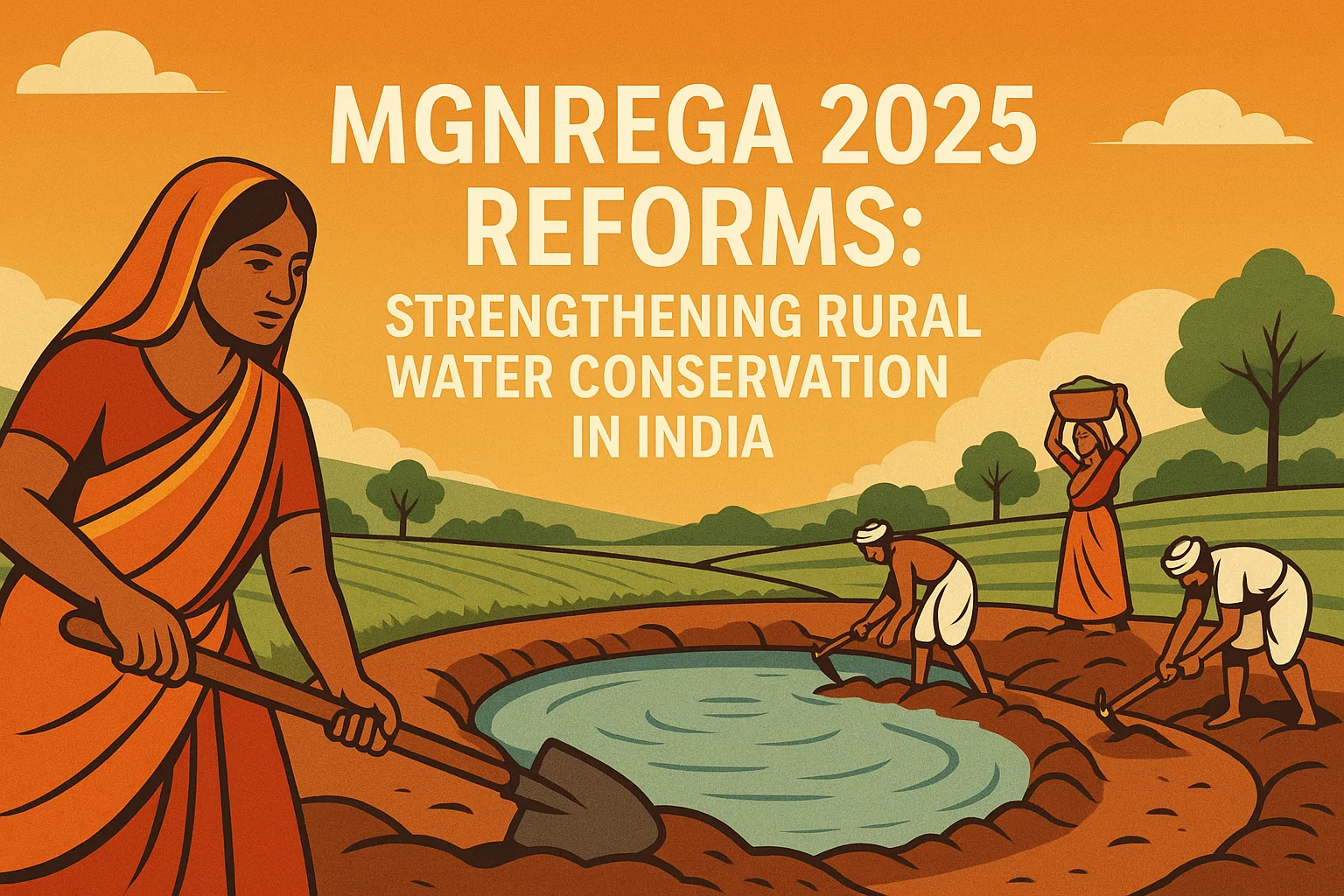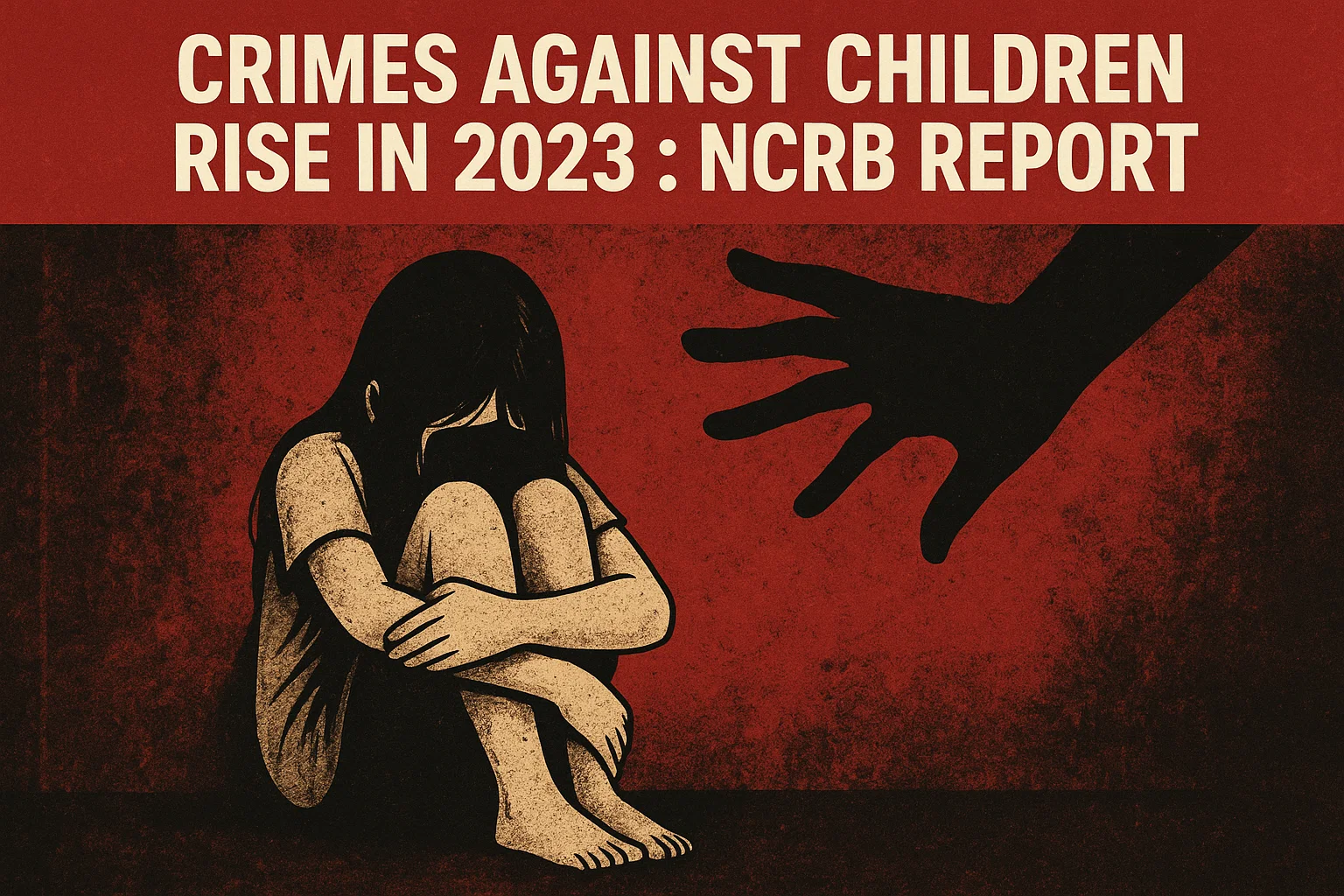Font size:
Print
MSMEs Hold the Key to India’s Job Creation Crisis
‘For poor, populous states like Bihar, MSMEs key to job creation’: N K Singh
Context:
A recent report by the World Bank’s Development Committee has raised a red flag over the global employment crisis, particularly in the developing world.
More on News
- According to the report, over 1.2 billion young people in developing countries are expected to enter the workforce in the coming years, but current economic trends suggest that fewer than 300 million jobs may be available for them.
- In response to this alarming projection, N.K. Singh, former chairman of the Finance Commission of India, emphasised the pivotal role of Micro, Small and Medium Enterprises (MSMEs) in bridging India’s employment gap.
- In an exclusive interview, Singh discussed how MSMEs could transform India’s job market, the challenges the sector faces, and how poll-bound Bihar could particularly benefit from a targeted MSME-focused strategy.
MSMEs: The Engine of Employment and Economic Growth
- India is home to over 63 million MSMEs, of which 99% are micro enterprises, many operating in the informal sector. These micro businesses collectively:
- Employ over 150 million workers, accounting for 40% of the national workforce,
- Contribute nearly 30% of India’s GDP, and
- Drive 45% of India’s exports.
- Despite this, formalisation remains a major hurdle.
- Singh noted that the Centre recently revised the investment and turnover caps for micro enterprises (₹2.5 crore and ₹10 crore respectively), but more efforts are needed to integrate informal units into the formal economy.
Challenges Faced by MSMEs in India
Several deep-rooted challenges continue to hinder the growth of MSMEs:
- Massive Credit Gap: A Reserve Bank of India committee estimated a credit shortfall of ₹25 lakh crore.
- Only 14% of MSMEs currently access formal credit, compared to 37% in China and 50% in the U.S.
- Low Digital and Regulatory Integration: Many MSMEs are not yet onboarded onto government procurement platforms and continue to suffer under a burdensome compliance culture.
- Singh pointed to a Cabinet Secretary-led committee focusing on simplifying regulations and promoting “deregulation” for small businesses.
- Limited Market Access: Despite global interest, many Indian MSMEs struggle to even enter the domestic value chain, let alone tap into international markets.
- Women’s Participation: India lags behind global averages in female entrepreneurship and workforce inclusion, an area Singh believes could transform MSME growth and local economies.
Government Interventions and the Road Ahead
Singh acknowledged several policy moves aimed at empowering MSMEs:
- Enhanced unsecured loan limits (up to ₹10 lakh),
- Expansion of the Credit Guarantee Scheme,
- Promotion of the Skill India Mission and cluster-based employment programs,
- Leveraging India’s digital public infrastructure – Jan Dhan, Aadhaar, and Mobile (JAM) trinity.
- He pointed to successful global models like Kenya’s M-Pesa and South Africa’s blended finance strategies as examples India could adapt to improve MSME financing.
- In addition, cluster-based industrial development, such as hosiery in Tiruppur or auto parts in Punjab, was cited as a scalable strategy.
- India’s own experiences, Singh said, offer valuable lessons for the world, though in financing, global best practices have much to offer India.
Why Bihar Needs an MSME-Centric Growth Model
- Highlighting Bihar’s development challenges, Singh made a strong case for an MSME-led revival in the state:
- Population: Over 125 million
- Per Capita Income: ₹59,000 (below national average)
- Poverty Rate: 33% (national average: 14%)
- Unemployment Rate: 17%
- With high migration pressures and low industrial development, Bihar stands to gain immensely from targeted MSME promotion.
Sectors to Prioritise in Bihar’s MSME Push
Singh identified several sectors where Bihar has comparative advantages:
- Tourism and services, especially leveraging Buddhist heritage sites in North Bihar,
- Promotion of cultural industries such as Madhubani art, Tussar silk from Bhagalpur, and the recently recognised Makhana industry,
- Encouraging women entrepreneurs through tailored credit and skill development programs.
- Tackling Demand for Government Jobs and Enhancing Human Capital
- While government jobs remain highly sought-after in Bihar, Singh advocated for broader systemic reforms like Tech-enabled education, especially for girls, Investments in healthcare and sanitation and Promotion of female workforce participation, which could drastically improve state GDP and reduce migration.



